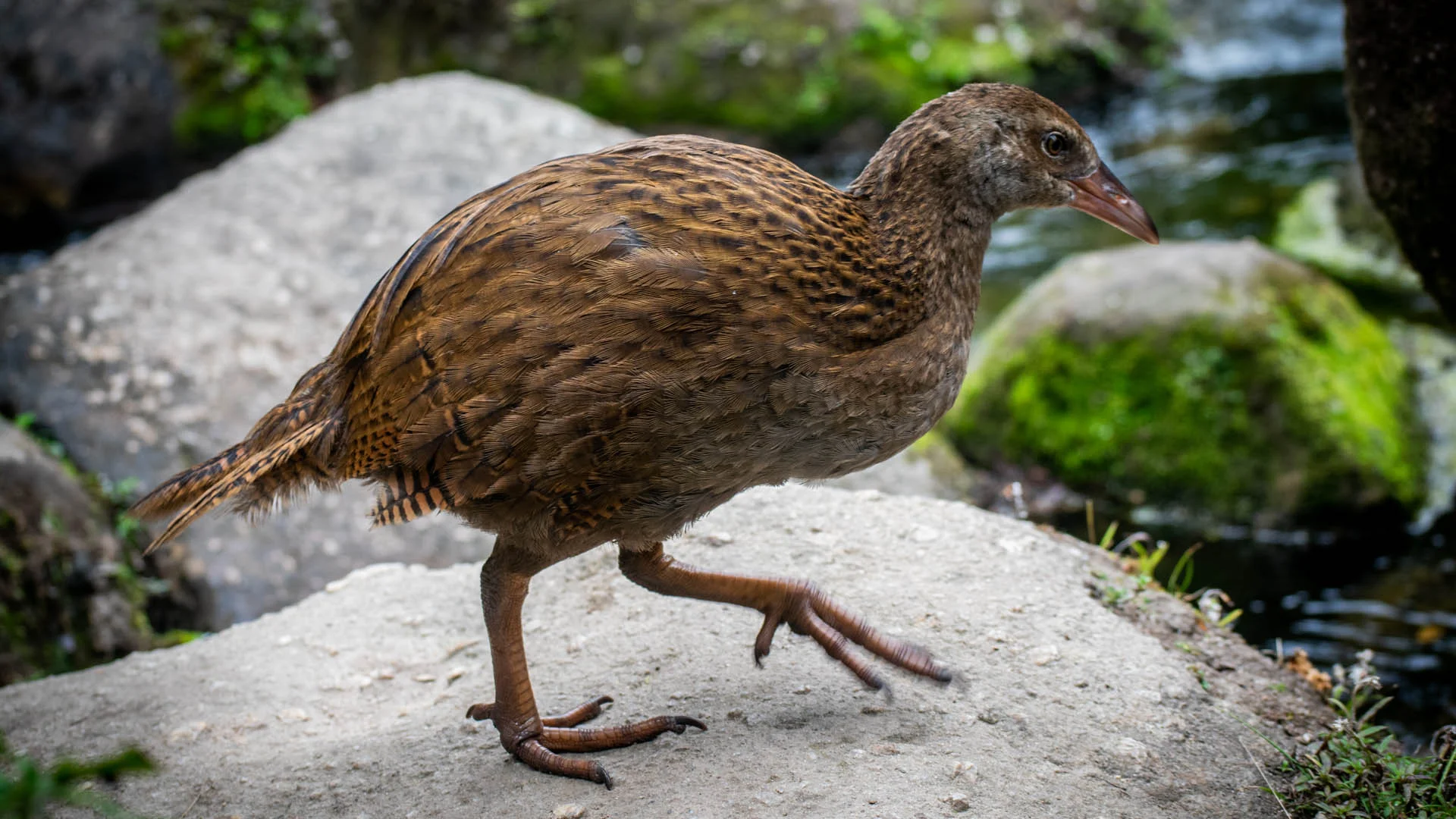Does New Zealand Have Any Native Mammals?

New Zealand is renowned for its unique and diverse wildlife, but when it comes to native mammals, the country has a surprising scarcity. Unlike many other regions of the world, New Zealand lacks any indigenous land mammals, with the exception of bats. This absence of native terrestrial mammals is a result of the country’s geographical isolation and evolutionary history. In this article, we will delve into the reasons behind New Zealand’s lack of native mammals and explore the fascinating adaptations of its only native mammalian inhabitants, the bats.
The Impact of Isolation
One of the primary factors contributing to the absence of native mammals in New Zealand is its isolation. Separated from any other significant landmass by vast stretches of ocean, the country has been geographically isolated for millions of years. This isolation prevented the natural migration or introduction of mammals to the islands. While birds, reptiles, and insects managed to colonize New Zealand, mammals were unable to traverse the vast distances of open water.
Evolutionary History
New Zealand’s unique evolutionary history also played a crucial role in the absence of native mammals. The islands were originally part of the supercontinent Gondwana, which began to break apart around 85 million years ago. As New Zealand separated from Australia and Antarctica, it carried with it a limited range of terrestrial mammals. These early mammals were small, insectivorous creatures that eventually went extinct, leaving no descendants on the islands.
The Arrival of Humans
The arrival of humans in New Zealand further impacted the absence of native mammals. Around 800 years ago, Polynesian settlers arrived in the country, bringing with them several species of introduced mammals. These included rats, dogs, and pigs, which had a significant impact on the native bird populations. The introduced mammals preyed upon eggs, chicks, and even adult birds, leading to the extinction of many species and severely impacting others. This ecological disruption further hindered the establishment of native mammals in New Zealand.
The Exception: Native Bats
While New Zealand may lack terrestrial mammals, it is home to three species of native bats. These bats, known as short-tailed bats, long-tailed bats, and lesser short-tailed bats, are the only native land mammals in the country. Despite their small size, these bats have managed to survive and adapt to the unique ecological niches available in New Zealand.
The native bats of New Zealand have evolved to fill the ecological roles typically occupied by mammals in other parts of the world. They are important pollinators and seed dispersers, playing a crucial role in maintaining the health and diversity of the country’s ecosystems. These bats have developed unique adaptations, such as a strong sense of smell and echolocation, to navigate their surroundings and locate food sources.
Conclusion:
New Zealand’s lack of native terrestrial mammals is a result of its geographical isolation, evolutionary history, and the impact of introduced species. While the absence of mammals may seem unusual compared to other regions, it has allowed for the evolution of unique ecosystems and the flourishing of diverse bird species. The native bats, although small in number, play a vital role in maintaining the ecological balance of New Zealand’s ecosystems. As efforts continue to protect and conserve the country’s unique wildlife, understanding the absence of native mammals provides valuable insights into the complex dynamics of New Zealand’s natural history.






